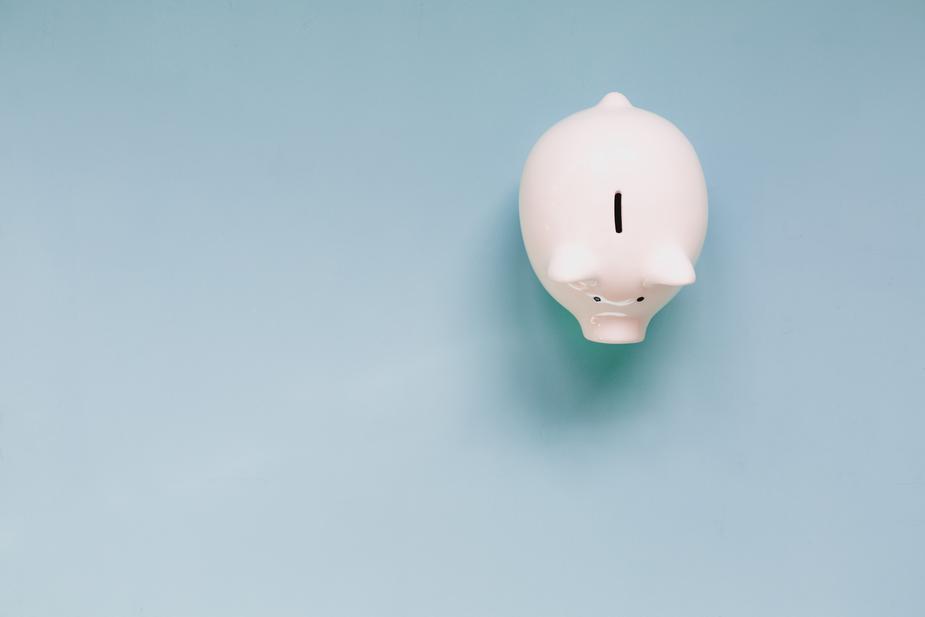It’s no surprise that U.S. healthcare is of popular conversation and controversy. A new analysis from Johns Hopkins Bloomberg School of Public Health—a revamp of a 2003 report from Princeton healthcare economist Uwe Reinhardt—found that Americans spend more than double the amount on healthcare than in other countries. This is not due to people in U.S. needing more medical services, but rather, higher costs of medical services, a more expensive hospital administration with doctors and nurses being paid a higher amount, and overall drug costs.
Between the years 2000 and 2016, U.S. spending increased at an average rate of 2.8 percent annually in comparison to the Organization for Economic Cooperation and Development with just a median of 2.6 percent annually. In 2016, the U.S. per capita spend rounded out at $9,892 while the OECD spent $4,033—under half the U.S. expenses.
Despite all the efforts to control the health spending over the years, the U.S. remains in the same spot. The cost of prescription drugs continues to increase while hospital and clinics are losing access to doctors, nurses and even hospital beds (even with more pay).
Per 1,000 people in the U.S. there are only 2.6 practicing doctors compared to the 3.2 active physicians per 1,000 in the OECD. With fewer U.S. doctors than other developed nations the U.S. wrestles with high healthcare costs.
In the end it’s not that American are getting more, they are just paying more.
Source: CNN Politics
Want to make a difference in the U.S. healthcare system? Apply for one of our clinical rotations today.







Leave A Comment